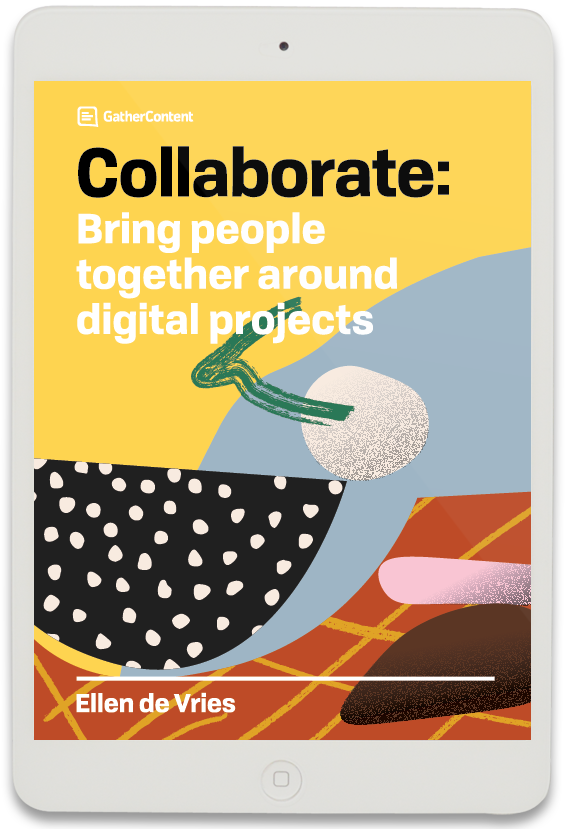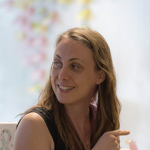Collect dry facts
Whether you have the luxury of conducting a discovery phase or not, your mission is to gather as many dry facts as you can.
Here is a useful checklist of questions you can ask your team at the outset of any project, either in an email or in person. They are equally relevant whether you're arriving to work as part of a pre-existing collaboration, or starting afresh.
Getting these questions answered will give you an immediate sense of the project you are embarking on. The responses will give you a sense of how much ground work there is to do either in the discovery phase of a project, or before you can continue.
- What are your collaborator’s names, what are their roles, how much time do they have?
- Is there an organisational chart?
- What are the time scales for this piece of work?
- How much work has been done already?
- Is there a deadline and are there milestones?
- What is the brief and is it clear?
- What is the budget? Who is in charge of it?
- Who are the stakeholders and who has the power to 'sign it off'?
- Are there any sensitive issues that need to be taken account of?
- Are there any potential blockers to getting started?
- Who are your allies in this process and who do you need to get on board?
- What tools are you using to communicate and to share the work?
- What is the environment like, do you need to arrange facilities?
- Is anyone facilitating? Leading the process? Acting as an outside eye?
- What are the immediate needs that your team members have?
- Is any training required to get people up to speed?
- Is there a brand guide, style guide or other governance materials?
If you have identified that there are any missing answers, make a note of them and allocate time to doing some further detective work.
Embarking on a project without a clear sense of the dry facts can be a dangerous game. It may be challenging to be the person who brings up the ‘stupid’ questions, but sometimes those questions are the ones that everyone else has been afraid to ask. The answers to many of the questions above may seem obvious, but the more obvious they are, the more likely they are to be overlooked, which could spell trouble further down the line.













